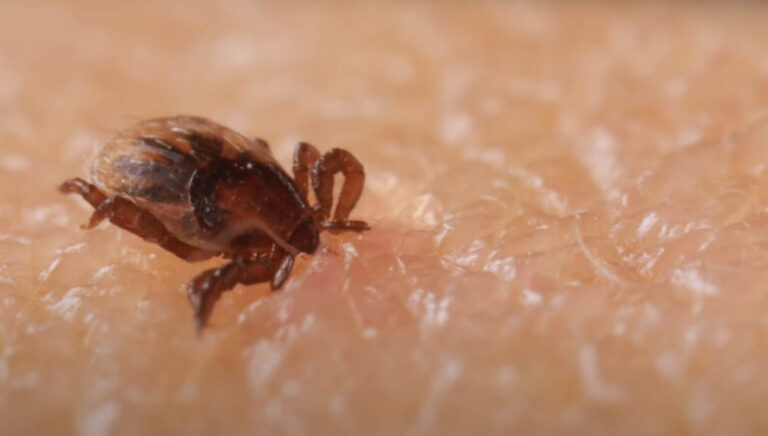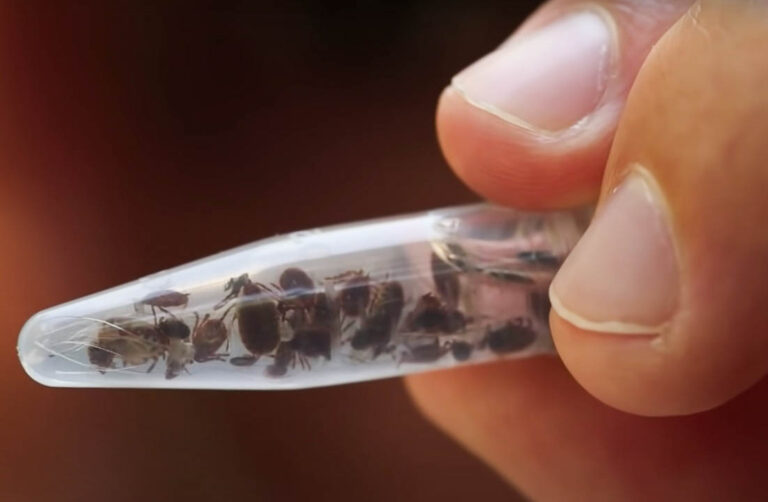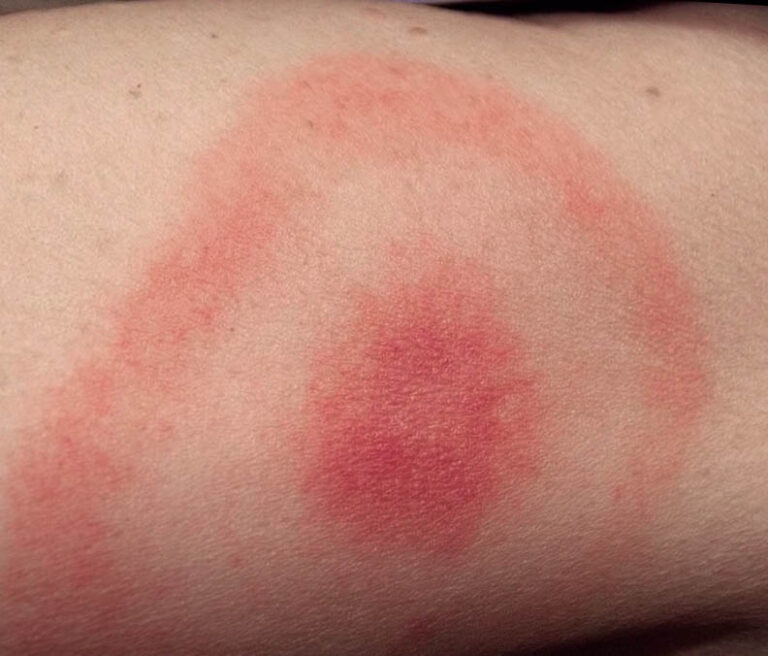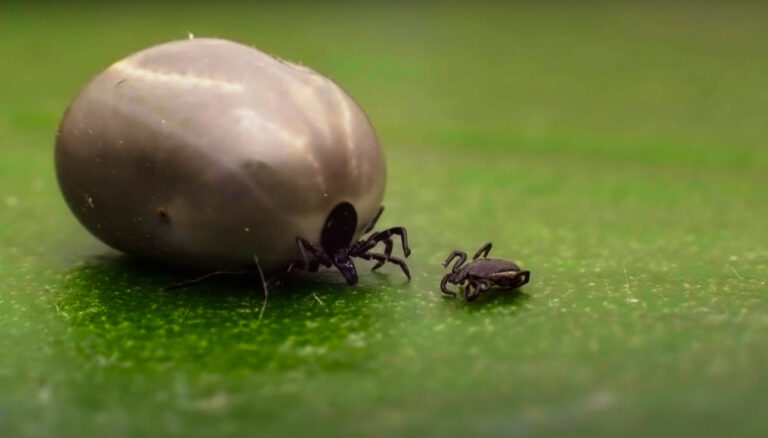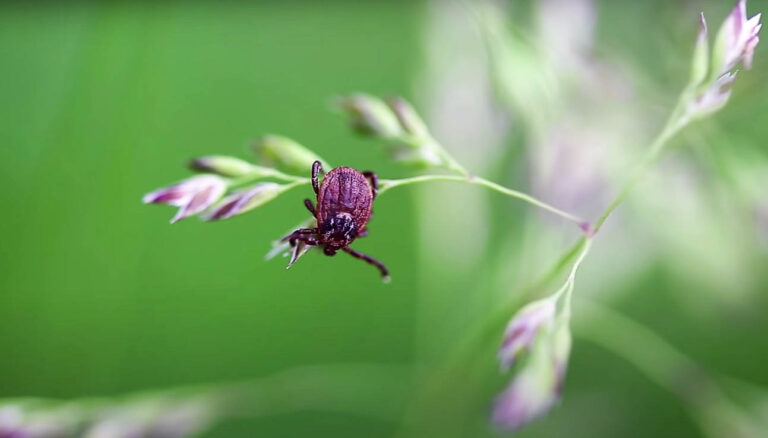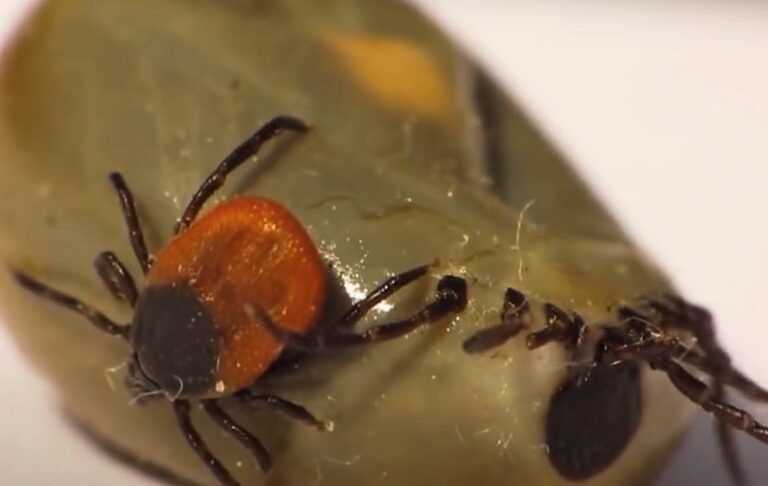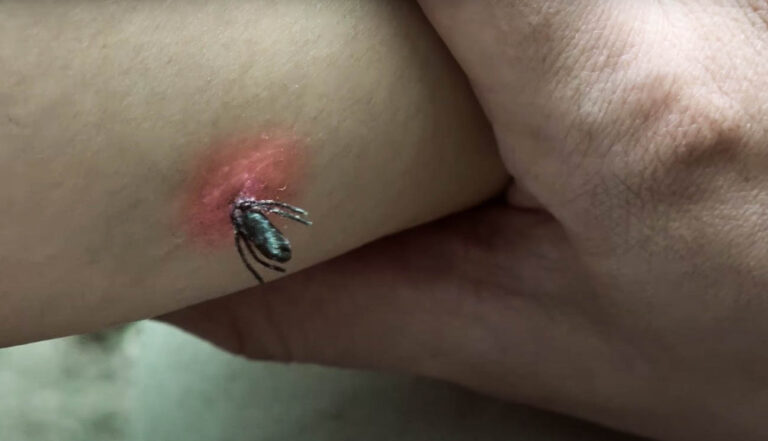What is the difference between soft ticks and hard ticks?
What is the difference between soft ticks and hard ticks?
Ticks belong to two major families, the Argasidae and the Ixodidae, otherwise known as soft ticks and hard ticks respectively. Both families of ticks have several similar features as well as differences. This article highlights the differences between soft and hard ticks. We consider the differences between soft ticks and hard ticks under broad categories.
Appearance
Hard and soft ticks have several different physical features. One of the major differences in physical features is the hard scutum which is present in hard ticks but absent in soft ticks. While the hard ticks have the hard plate, scutum, the soft ticks have a wrinkled body.
The appearance of mouthparts is another notable differing feature between hard and soft ticks. The mouthparts of the hard ticks can be seen when they are viewed from above. On the other hand, the mouthparts of the soft ticks cannot be seen from above and are regarded as hidden, covered by the front part of their bodies.

It is also noteworthy that female hard ticks are typically bigger than males. For soft ticks, both sexes have roughly equal sizes.
Habitat
The habitat of both soft and hard ticks are influenced by their hosts. While the hard ticks have mammal hosts such as deer, cattle, and rodents, soft ticks have hosts such as fowl and small rodents.
Because of the preferences of their hosts, hard ticks are found in habitats such as wooded and forested areas. Hiking trails and grassy fields are other common habitats of hard ticks. On the other hand, the habitats of soft ticks include cabins, rural dwellings, and abandoned buildings.
Soft ticks are known to survive and thrive in dry and hot conditions. In contrast, hard ticks tend to stick to shaded areas as well as locations with a high level of humidity.
Diet
Both hard and soft ticks are blood-sucking external parasites. However, their feeding patterns differ. The hard ticks typically take blood meals during the day when they are more active. The soft ticks, on the other hand, are more active at night. They crawl out of their hiding spaces, take blood meals, and go back to hiding.
Diet
The life cycle of hard and soft ticks includes the egg, larval, nymphal, and adult phases. However, the progression through these stages differ. The adult female hard tick takes a blood meal, drops off the host, lays a large batch of eggs, and dies. The soft ticks do not lay eggs in such large batches. The adult female can take several blood meals. After each blood meal, the tick lays a small batch of eggs.

It is noteworthy that the life cycle of soft ticks typically takes more time than that of hard ticks. This is because of the several nymphal stages of soft ticks. It is also noteworthy that soft ticks do not remain attached to their hosts for long periods while taking blood meals, as seen in hard ticks. Instead, they have small blood meals repeatedly, mostly at night.
Indoors, they simply move around in search of suitable hosts. Brown dog ticks do not need to go outdoors to complete their life cycle. This is the only species of ticks that can complete its life cycle indoors. The larva consumes blood and molts. After several molts, it develops into the nymph. It takes about three weeks for larvae to develop into nymphs.
The nymph also needs blood meals to be able to develop into the adult tick. It takes about 19 days for the adult tick to develop out of the nymph.
Adult ticks begin to seek suitable hosts almost immediately. If they do not find hosts, they could live for up to 180 days. They complete their life cycle in about 90 days and complete multiple cycles in a year.
Brown dog ticks could detach from their hosts after taking blood meals at the different developmental stages. They could also remain attached to the host for the entire period.
Habitat
They are found in areas with tall grasses and heavy vegetation. Generally, areas with dogs and other mammal activity attract the ticks. They make their habitats in shrubs, dog houses, landscaped areas, and beneath decks. An area with pet activity could have brown dog ticks.
Brown dog ticks are well distributed across the US. When they are carried indoors by pets, they infest cracks around windows and other surfaces.
The population of brown dog ticks is typically higher in areas with warmer climates.

